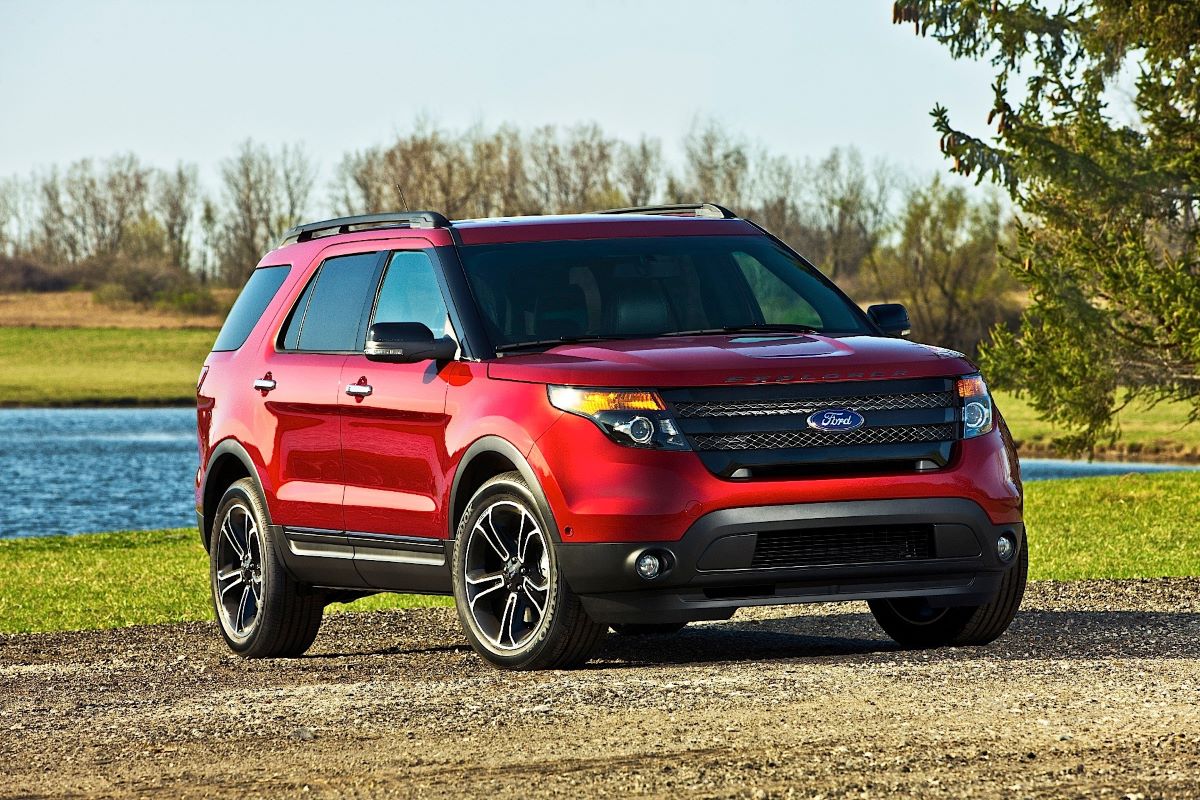SUVs are among the most popular vehicles for drivers seeking a blend of comfort, versatility, and reliability.
Their robust construction is often expected to stand the test of time, but one issue that frequently separates the long-lasting from the soon-to-fail is the condition of their frame rails.
Frame rails form the backbone of an SUV’s chassis and determine much of its structural longevity. The difference between a well-protected, rust-resistant frame and one susceptible to corrosion can mean years of additional safe service or a costly, premature replacement.
Understanding which SUVs have earned a reputation for frames that resist decay, and which are notorious for excessive rust, is essential for anyone looking to make a wise investment in a vehicle that will provide value well into the future.
Both first-time SUV buyers and seasoned owners want their vehicles to hold up under the challenges of all seasons. Road salt, moisture, and climate can dramatically impact the life of a frame.
Some brands invest heavily in rust-proofing technology, while others fall short, leaving consumers frustrated with unexpected repairs just a few years down the road.
With this in mind, attention to proven rust-resistance and a long service record sets certain SUVs apart. Meanwhile, awareness of the most rust-prone options avoids disappointment and financial setbacks down the line.
Also Read: 5 Cars with Lifetime Catalytic Converters vs 5 with Early CAT Failures
SUVs with Rust-Proof Frame Rails
Protecting against rust is more than just cosmetic: it is crucial for ensuring the longevity and safety of any vehicle, particularly when it comes to SUVs.
The SUVs highlighted in this section have been selected based on their proven record of exceptional frame rail durability, which reduces upkeep costs and delivers years of reliable use.
The selections were made through reviewing owner reports, manufacturer construction techniques, and expert evaluations that document sustained performance in challenging environments.
Each of these models has demonstrated that, with thoughtful engineering and attention to protective coatings and materials, an SUV can stand up to corrosive threats and still perform well on the road or trail.
By emphasizing these vehicles, this guide helps prospective buyers and owners focus on models that not only offer comfort and capability, but also resist the silent, often invisible enemy of rust.
These SUVs give peace of mind for drivers in coastal cities, salted winter roads, or anywhere that frame rot can quickly turn into a major problem.
The details that follow will highlight why each model earned its place, from design innovations to owner satisfaction, providing practical reasons to trust these vehicles for the long haul.
1. Toyota 4Runner
The Toyota 4Runner has a devoted following among SUV enthusiasts, largely due to its legendary reliability and off-road prowess.
One of the main reasons this model appears repeatedly in discussions of rust-proof vehicles is Toyota’s sophisticated frame engineering combined with special attention to anti-corrosion measures.
Toyota uses a combination of galvanized steel and robust undercoating that shields critical frame components from moisture, salt, and abrasive road debris.
These protections start at the factory, where the frame receives multi-stage anti-rust treatments, and extend through thoughtful drainage design that prevents water accumulation.
The value of such precautions becomes clear in regions where winters are tough on metal, as 4Runner frames have consistently outlasted many competitors with little more than routine maintenance.
Owner forums and long-term reports regularly document vehicles approaching 15 to 20 years of service with minimal frame corrosion, underscoring the success of Toyota’s design decisions.
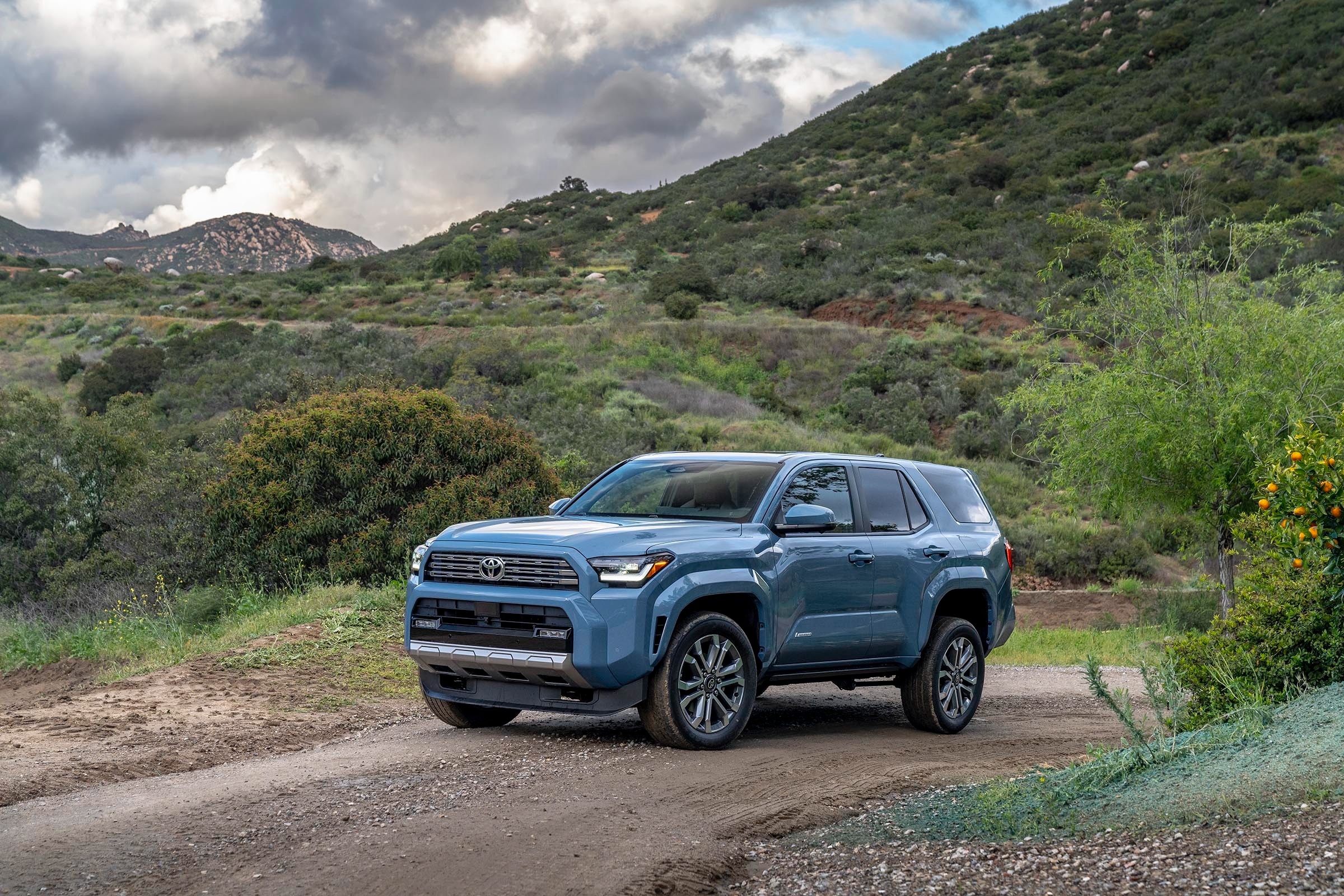
The commitment to durability is also seen in the widespread availability of OEM and aftermarket frame shields for added security.
Discussing the 4Runner first makes sense because it remains a benchmark for those seeking an SUV capable of handling years of hard use without succumbing to the kind of frame deterioration that can ruin otherwise reliable vehicles.
For anyone prioritizing longevity, the Toyota 4Runner continues to deliver value both on and off the beaten track.
2. Lexus GX
The Lexus GX, essentially the luxury sibling of the Toyota Land Cruiser Prado, benefits from many of the same design strengths that keep corrosion at bay for long periods.
Lexus employs a fully-boxed frame made of galvanized steel, and the GX receives extensive underbody protection as standard.
This focus on structural integrity is not merely a matter of brand prestige, but a practical design meant to deliver durability in a wide range of environments.
Lexus goes a step further, offering specialized coatings and integrated drain outlets, which allow any accumulated water or road grime to escape instead of lingering and promoting rust.
Reviewers and owners often point out that the GX, when compared to other premium SUVs, displays significantly lower incidences of frame rust, even after frequent off-road trips and exposure to moisture.
Vehicle inspection services and body shops have validated these claims. Looking into high-mileage models reveals that even older GX SUVs frequently retain much of their underbody protection, thanks to both robust materials and thorough engineering.
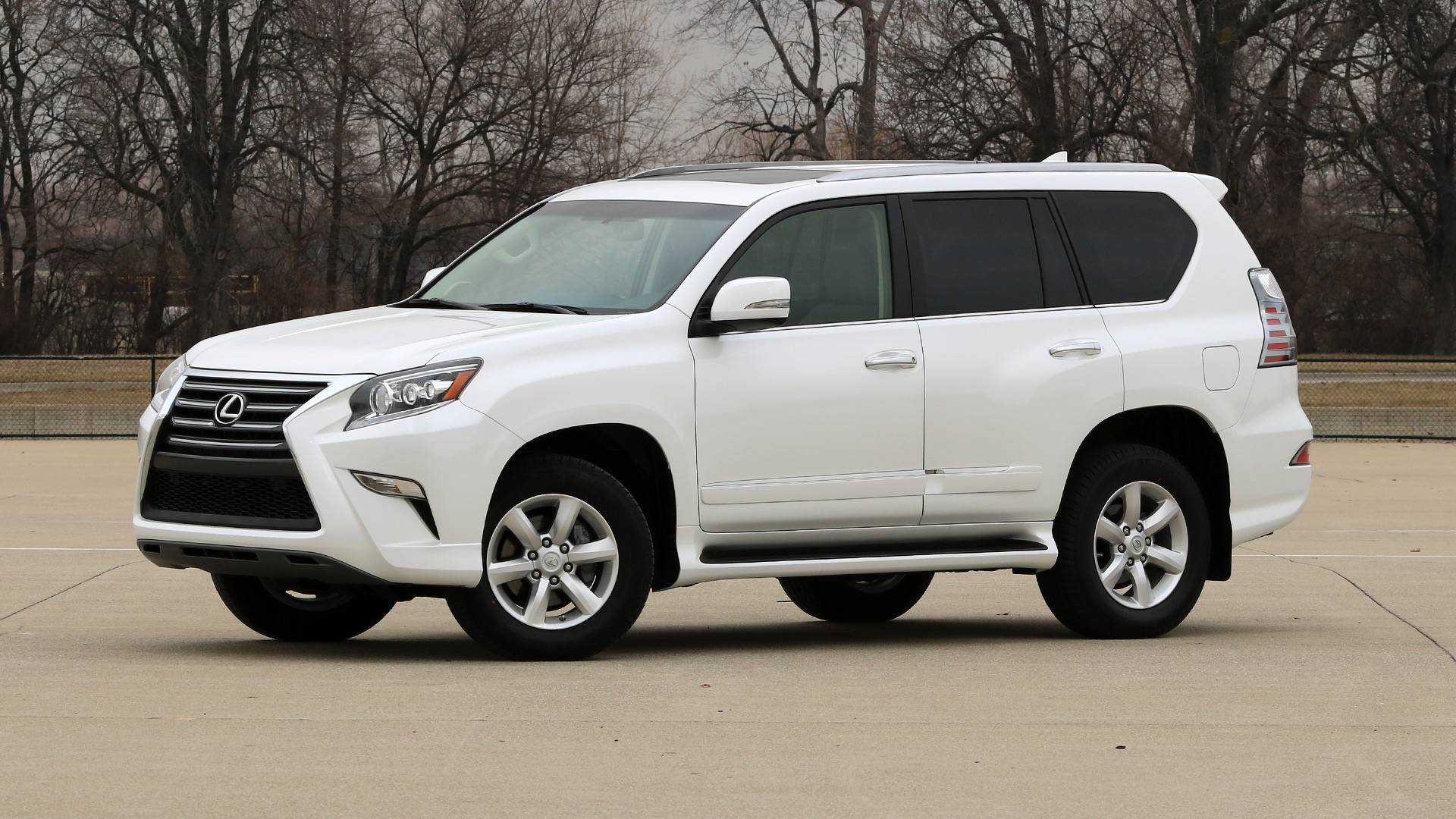
This SUV’s place on the list is warranted by its remarkable combination of comfort, refinement, and practical design choices that guard against one of the most costly threats to longevity. With regular care, the Lexus GX weathers challenging conditions and is known to deliver a trouble-free experience for many years.
3. Toyota Land Cruiser
The Toyota Land Cruiser stands as a global emblem of durability, often associated with the ability to traverse remote terrain over decades.
Its boxed or ladder-style steel frame undergoes significant anti-corrosion treatments, including hot-dip galvanization and thick undercoatings at the factory.
Unlike many other SUVs, the Land Cruiser was developed for markets where rust failure isn’t just an inconvenience, but a life-threatening risk. For this reason, Toyota engineered its flagship SUV to weather prolonged exposure to water crossings, muddy roads, and salty air.
Numerous owner reports from harsh climates confirm the Land Cruiser’s resilience. Decades-old models often reveal only minor cosmetic underbody wear, with frame rails remaining structurally sound.
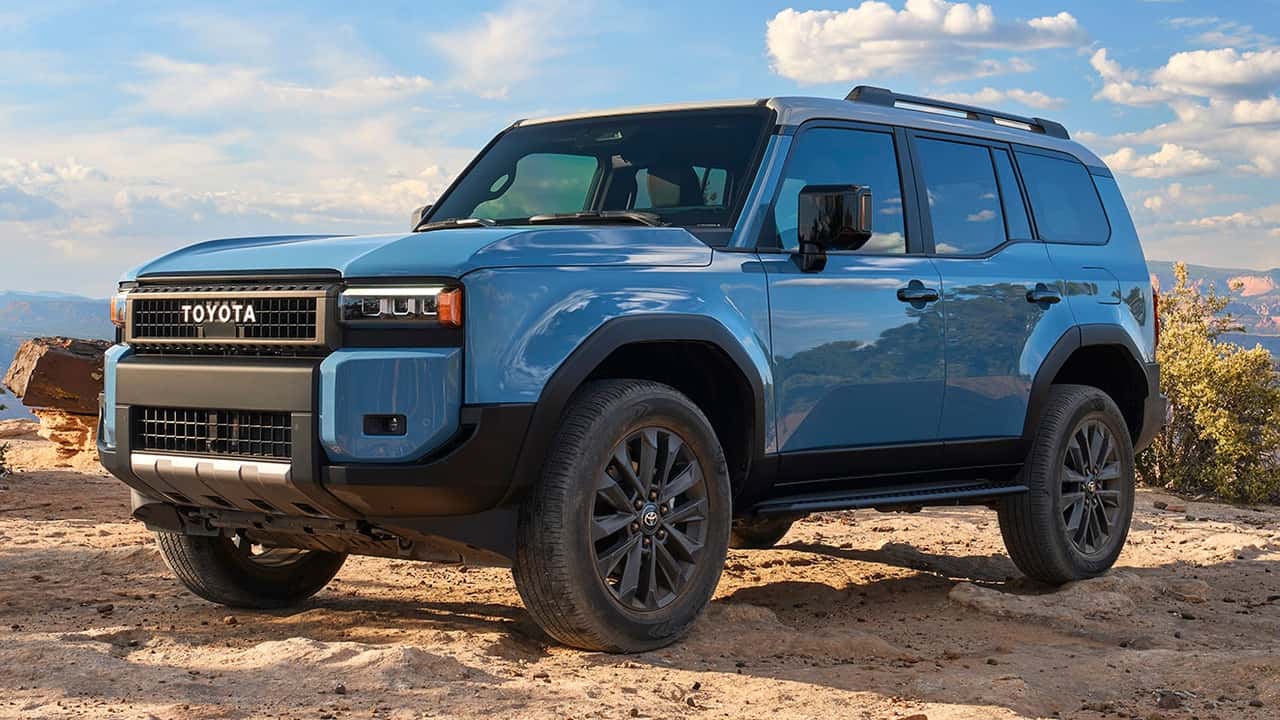
The design focus on preventing moisture traps and ensuring thorough drainage helps avert the start of rust in vulnerable spots.
The Land Cruiser’s price tag is justified not only by its off-road capability and luxury, but also its proven record as one of the least likely SUVs to suffer frame rot.
Highlighting the Land Cruiser is an acknowledgment of Toyota’s commitment to overbuilding and overprotecting, characteristics that fans of the brand have come to rely on for peace of mind and long-term cost savings.
4. Honda Pilot (2016+)
Honda responded directly to earlier rust criticisms by rethinking the underbody protection on its third-generation Pilot. The 2016 redesign saw the introduction of improved alloys, better application of anti-corrosion coatings, and much-improved body drainage architecture.
Honda’s revised process includes using zinc-rich primer applied during frame construction and thicker undercoats in high-risk zones like suspension mounting points and seams.
Real-world reports from mechanics and industry surveys show that 2016 and newer Pilots rarely face significant frame rust, even after years of use in snowy, salt-heavy regions.
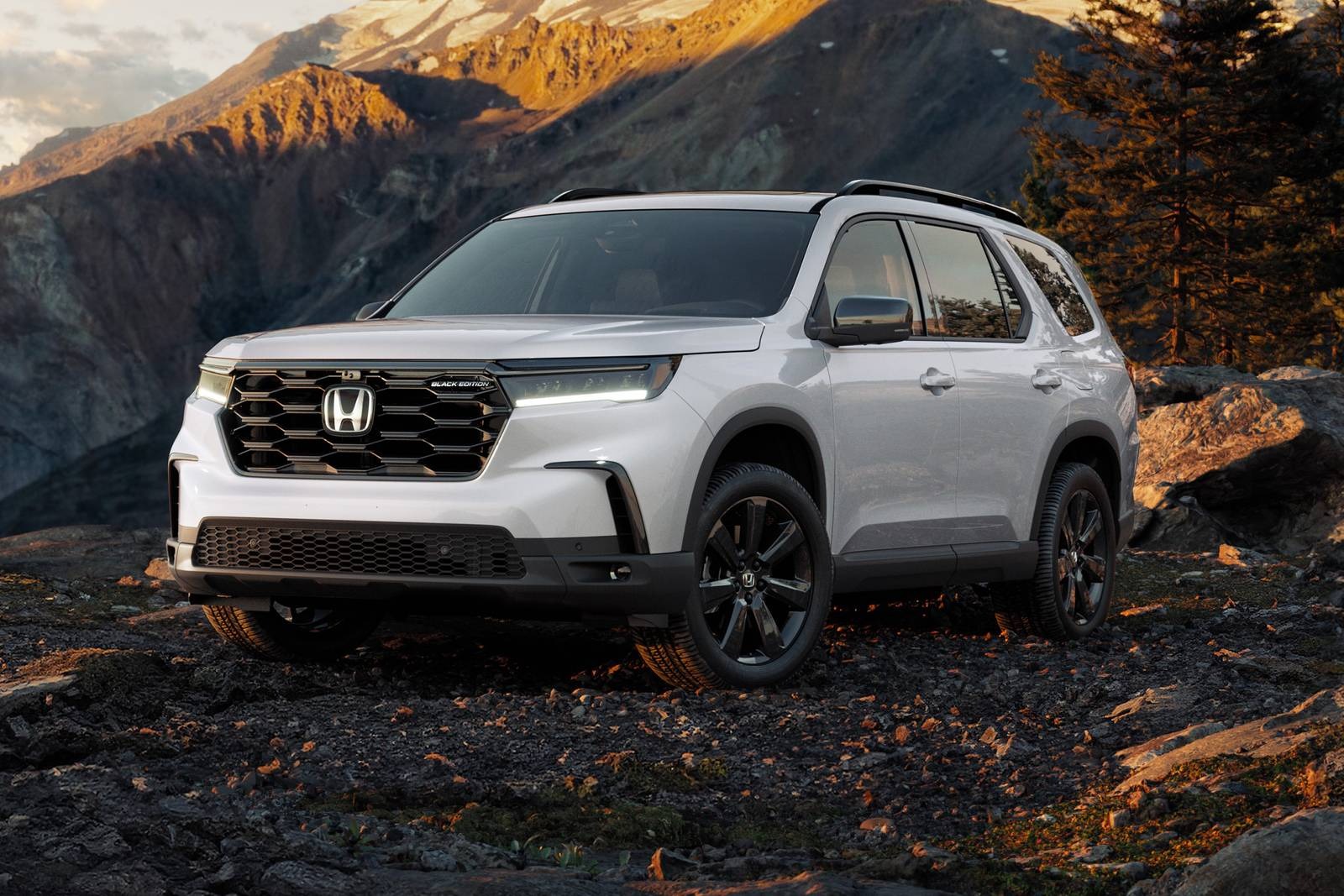
The automaker’s dedication to extending the functional life of its products benefits owners who expect a crossover SUV to serve dutifully for more than just a lease term.
The Pilot’s inclusion on this list is a testament to how automakers can take critical feedback and turn it into a tangible improvement, delivering a mid-size, family-friendly SUV that does not just deliver comfort and utility, but also resists the mechanical disease of rust-induced frame failure.
5. Subaru Outback (2015+)
While the Subaru Outback is often categorized as a wagon, its attributes put it squarely in the SUV conversation, especially when considering frame longevity.
Starting from the 2015 model year, Subaru began incorporating improved frame and underbody treatments, including enhanced galvanized steel use, substantial undercoating, and a more open chassis design that discourages moisture build-up.
The Outback’s reputation for rust-resistance stems from vast numbers of high-mileage vehicles on the market that show little structural degradation, particularly in the salt-prone Northeast and Midwest United States.

Mechanics and consumer watchdog groups have praised Subaru’s efforts in this area, noting a marked decrease in subframe and crossmember rust since implementing more aggressive anti-corrosion methods.
Its place in this guide is justified by these tangible enhancements and the reality that it offers SUV shoppers a lower-profile, all-weather-capable choice that stands up impressively well against rusting, even after years of varied use.
SUVs That Rot Out in Five Years
For all the SUVs commendable in their battle against corrosion, an unfortunate number have developed notoriety for frame rails that deteriorate quickly under normal driving conditions.
Rust is not always immediately evident, but over time it can silently devastate resale value, safety, and structural integrity.
When automakers cut corners on underbody protection, use subpar materials, or design vehicles with poor drainage, the results are felt by frustrated owners who face costly repairs or even total loss when frames become structurally unsound.
Highlighting models that are prone to early rust failure is not just about warning against purchasing mistakes; it serves as a powerful reminder to demand better quality and transparency from manufacturers.
By bringing attention to these problematic vehicles, this article spotlights preventable industry missteps and encourages awareness among buyers and current owners.
Knowing which SUVs often succumb to early frame decay empowers readers to avoid disappointment and, instead, focus on long-term value, safety, and peace of mind.
1. Nissan Pathfinder (2005–2012)
The third-generation Nissan Pathfinder has unfortunately become synonymous with premature frame rail rust, particularly models manufactured between 2005 and 2012.
During these years, Nissan made cost-saving decisions in their assembly process that inadvertently led to insufficient underbody protection.
Specifically, the application of zinc-rich primers was inconsistent, and critical drainage points were either undersized or absent altogether. This often resulted in water, mud, and winter salt becoming trapped in structural recesses, accelerating corrosion at a dangerous rate.
Complaints from owners are widespread, with many forums and consumer resources documenting frame perforation severe enough to mandate expensive repairs, or even total vehicle loss, in under seven years of moderate use.
Regional reports from the Northeast and Midwest, where road salt is prevalent, cite a much higher incidence rate than comparable SUVs.
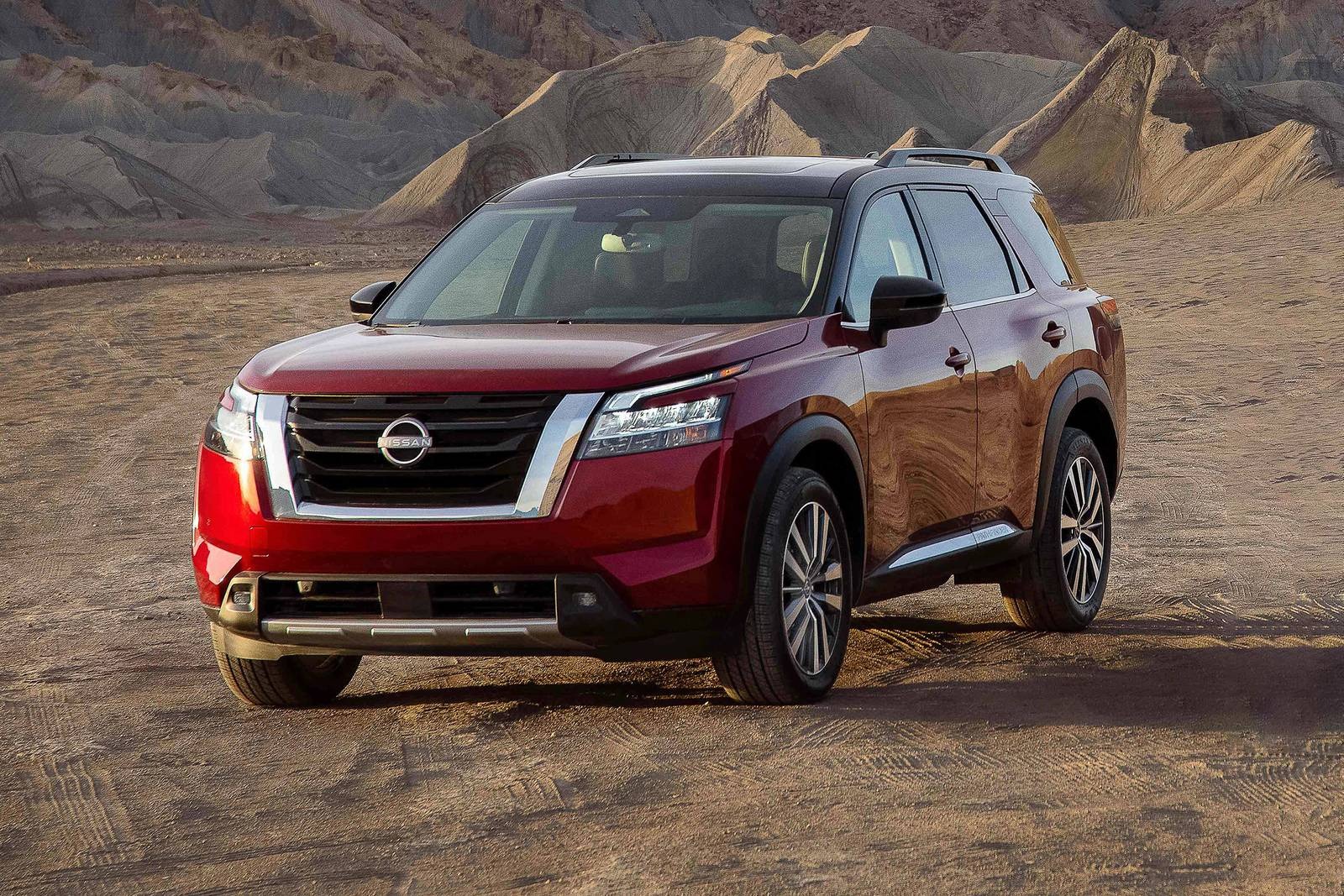
Nissan acknowledged these issues with several technical service bulletins and limited recalls, but the underlying problem persisted for much of this model’s production run.
This SUV’s inclusion in this section responds both to consumer feedback and the evidence from body shop professionals who repeatedly encounter frame-out Pathfinders.
Calling attention to these issues is meant to steer buyers toward more reliable, better-protected vehicles.
2. Ford Explorer (2011–2019)
The fifth-generation Ford Explorer, despite its popularity, found itself engulfed in complaints about subframe and frame rail rust far sooner than many other SUVs in its class.
Ford altered its manufacturing process for these models, opting for a unibody design that did not always integrate sufficient rust-proofing steps. Additionally, certain components including the rear subframe and trailing arms received inadequate undercoating.
Independent mechanics and owner groups have blogged extensively about the appearance of bubbling paint, underbody scaling, and even complete frame perforation as early as five years after purchase.
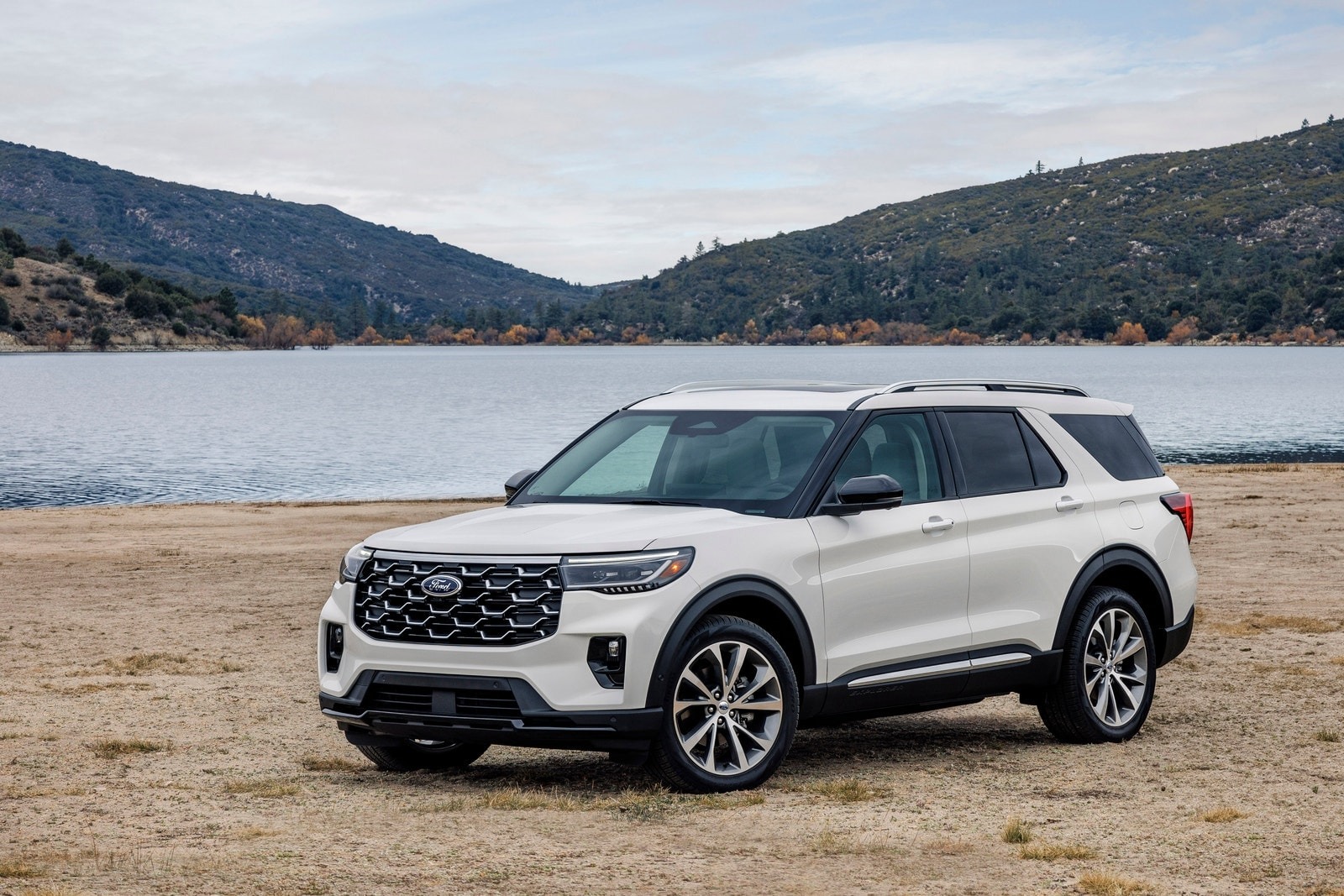
Issues were particularly common in vehicles frequently exposed to winter road salt or coastal environments. Ford issued service advisories for many of the affected model years, and in isolated cases, partial warranty repairs were offered.
However, these steps failed to alleviate the widespread perception that the 2011–2019 Explorer was especially vulnerable to frame decay.
The frequency and severity of corrosion found in these models illustrate what can go wrong when manufacturers do not prioritize robust anti-rust measures. The Explorer’s place here is meant as a cautionary example for anyone considering a used SUV and seeking longevity as a primary purchase factor.
3. Chevrolet Tahoe (2007–2014)
GM’s full-size Chevrolet Tahoe from 2007 to 2014 is another model that has drawn significant criticism for early-onset frame rust, particularly in northern climates.
The assembly method employed galvanized coatings on select sections of the frame but failed to provide consistent coverage, especially at weld points and drainage holes.
In practice, this allowed rust to form quickly at the joints and in areas where salty water could gather and remain undisturbed.
Reports from both vehicle owners and independent automotive inspectors note that entire portions of the frame could become compromised within five to seven years, undermining the vehicle’s reliability and trade-in value.
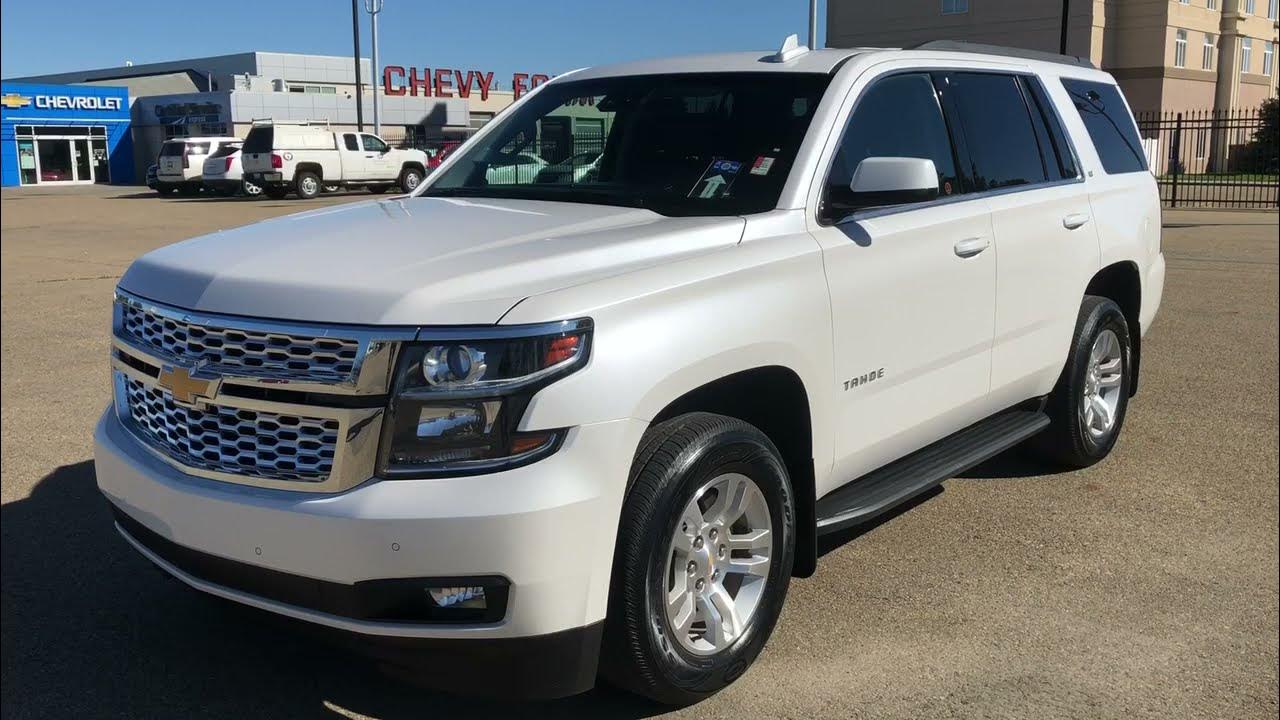
The underlying causes were regularly traced back to the design and choice of undercoating materials, which did not hold up after repeated winter cycles.
Highlighting the Tahoe in this discussion serves as a warning that even top-selling models are not immune to serious engineering oversights.
The lessons learned from these widespread failures underscore the necessity for comprehensive and consistent manufacturing standards when it comes to rust-proofing, especially for vehicles expected to endure diverse and severe conditions.
4. Jeep Liberty (2002–2012)
The Jeep Liberty has developed a lasting reputation for severe frame rust, especially among models produced from 2002 through 2012.
Jeep’s decision to utilize cost-cutting steel alloys and relatively thin frame rail construction left these vehicles particularly susceptible to corrosion.
Engineering flaws meant that water and salt could pool near weld seams and inside hollow frame sections, causing rust to progress at a far faster rate than in many competitors.
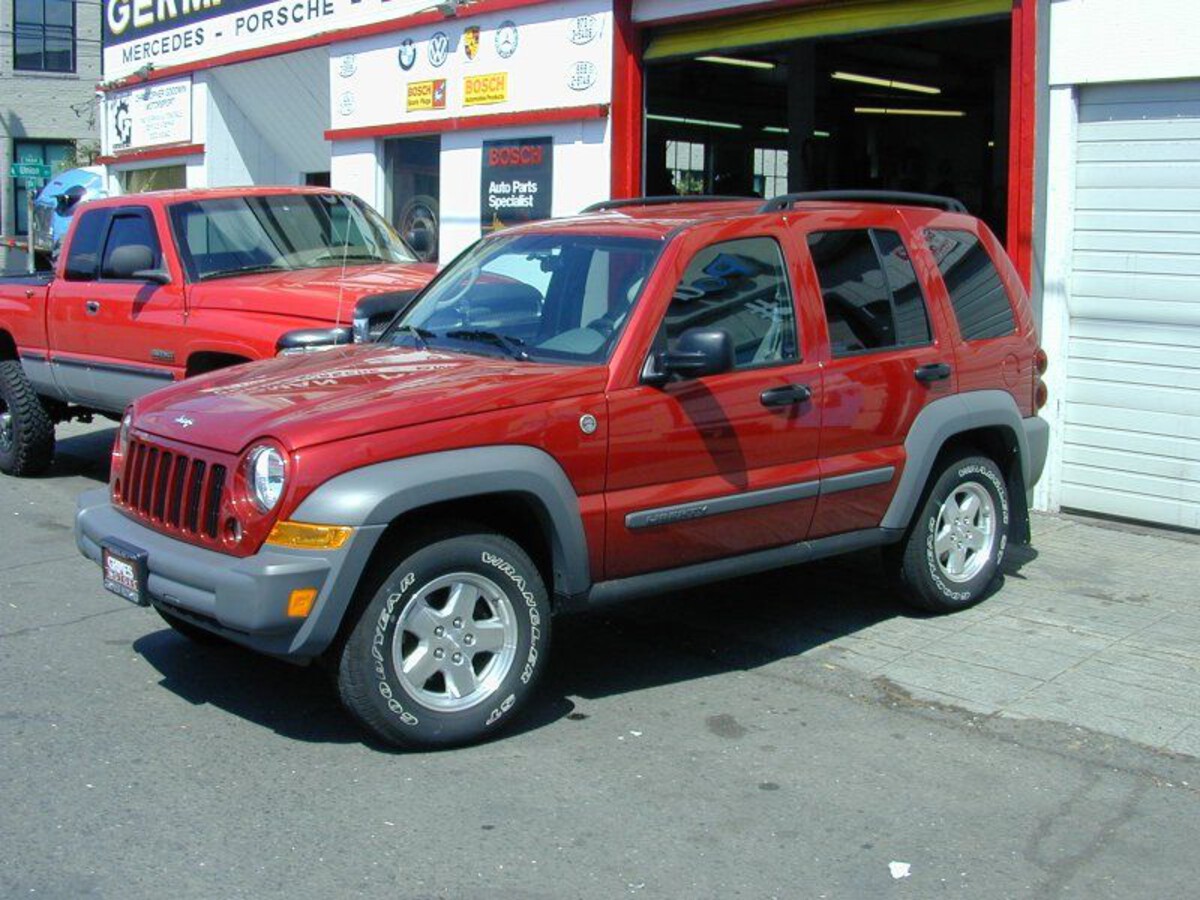
Owner complaints have been numerous, with many Libertys failing state inspection requirements for frame integrity well before reaching 100,000 miles.
In many cases, the deterioration was so advanced that repairs would have cost more than the vehicle’s residual value. Jeep responded with limited warranties for certain regions, but broad structural issues persisted throughout the lifespan of the Liberty nameplate.
By spotlighting the Jeep Liberty, this guide aims to prevent potential buyers from facing the frustration of premature frame rot and mechanical failure, offering a strong rationale for seeking other options when durability is a top priority.
5. Ford Escape (2008–2012)
The 2008–2012 Ford Escape, while praised for its flexibility and compact size, also experienced significant issues with frame and subframe rust, most notably in vehicles operated in regions with harsh winters.
The steel used in the construction of these Escapes did not benefit from robust anti-corrosion treatment, and critical mounting points, especially near the rear suspension and control arms, regularly failed after only a few years of service.
Reports compiled by consumer watchdog groups and repair shops revealed that the rust would first present as surface roughness, quickly developing into structural perforations that threatened overall vehicle safety.
Affected owners were sometimes eligible for partial warranty coverage, but many found out about the dangers only after critical frame failures were discovered during inspection or required repairs.
Including the Ford Escape in this section serves as a pointed reminder to carefully review a vehicle’s rust-resistance record before committing to a purchase. For those needing a reliable, trouble-free SUV, models with a known pattern of structural decay should be approached with caution or avoided altogether.
This article compares SUVs with frame rails that resist rust effectively against those that tend to suffer serious corrosion and decay within five years.
The structural integrity of an SUV’s frame rails is crucial since rust can undermine safety, longevity, and resale value significantly.
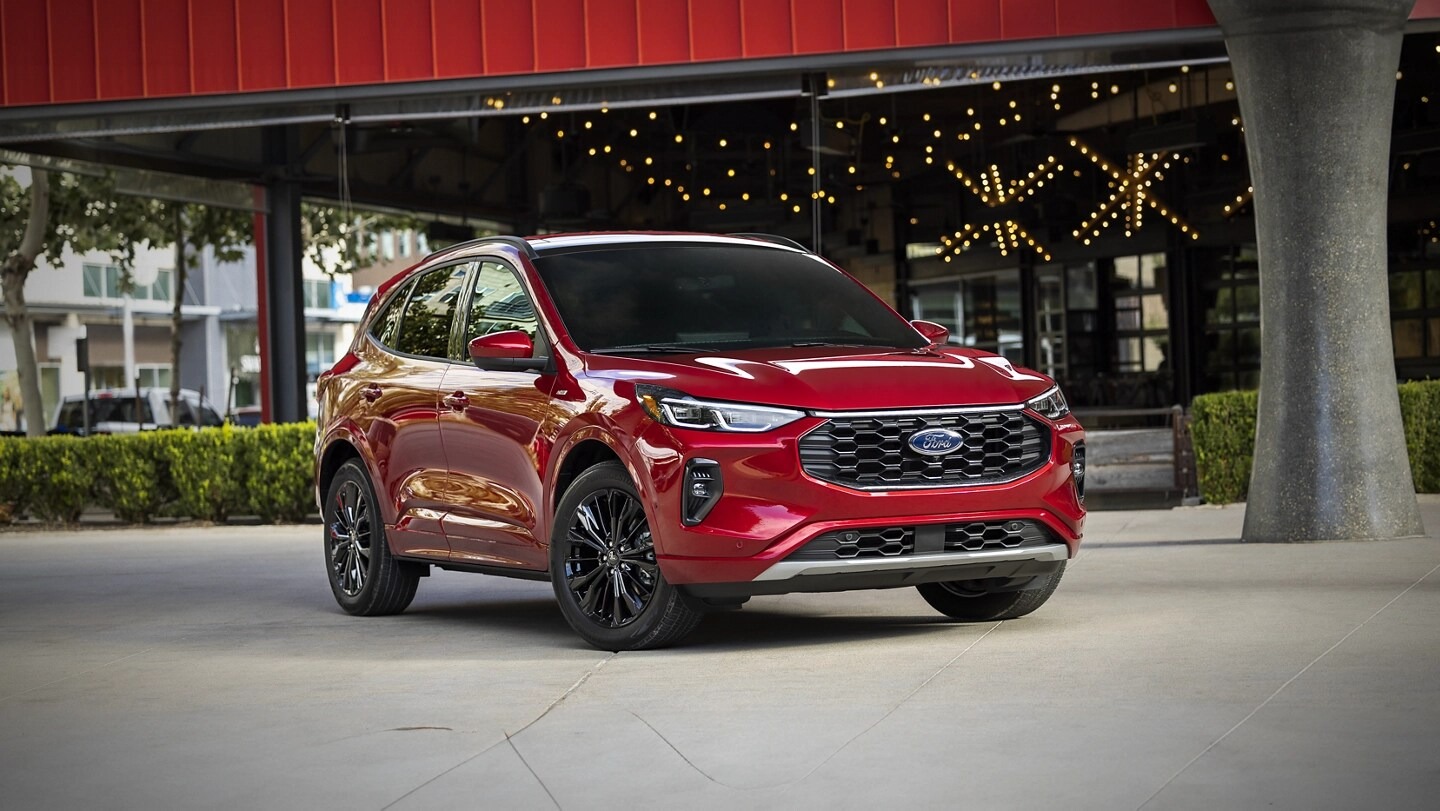
By understanding which models have proven rust-resistant frames and which ones are prone to rapid deterioration, buyers and owners can make smart choices that reduce maintenance costs and improve vehicle lifespan.
The first section focuses on five SUVs known for their rust-proof frame rails. These vehicles benefit from rigorous anti-corrosion treatments, durable materials, and thoughtful engineering designed to minimize moisture retention and protect frame components from salt, mud, and the elements.
The Toyota 4Runner tops this group with its multi-stage galvanized steel frame and thorough undercoating, which result in minimal rust after 15 to 20 years of use, especially in harsh winter climates.
Next, the Lexus GX combines luxury with a fully-boxed galvanized steel frame and excellent drainage systems, leading to low corrosion even after frequent off-road trips.
The Toyota Land Cruiser is another standout, built with heavy-duty hot-dip galvanised steel and thick protective coatings, able to withstand water, mud, and salty air for decades.
The Honda Pilot, particularly the 2016 and newer models, improved significantly compared to earlier generations by using zinc-rich primers, better alloys, and enhanced drainage to prevent rust in key frame areas.
Finally, the Subaru Outback from 2015 onward incorporates improved galvanized steel and underbody treatments, which help it resist corrosion well, especially in salt-heavy regions, making it a durable option in the SUV category.
The second section covers five SUVs that frequently experience serious frame rust within five years, often due to insufficient protective coatings, shortcut manufacturing, or poor design that traps moisture.
The Nissan Pathfinder (2005–2012) has a notorious reputation for premature frame rail corrosion caused by inconsistent application of protective primers and poor drainage design, resulting in costly repairs or total loss in salty climates.
The Ford Explorer (2011–2019) also exhibits similar weaknesses, with inadequate undercoating and design flaws leading to bubbling paint, scaling, and frame perforation as early as five years after purchase.
The Chevrolet Tahoe from 2007 to 2014 suffers from partial galvanized coating and poor coverage around weld points, causing rapid rust buildup.
Jeep Liberty models made between 2002 and 2012 used lower quality steel and thin frame rails that retain water and accelerate corrosion, often failing safety inspections before 100,000 miles.
Lastly, the Ford Escape (2008–2012) faced rust problems especially at suspension mounting points, affecting structural safety due to weak anti-corrosion treatment.
This comparison underscores the importance of frame rail durability as a key factor when selecting an SUV.
Rust-resistant vehicles typically invest in galvanized steel, thorough undercoating, improved drainage, and materials that withstand environmental stressors.
Conversely, models prone to premature rust often suffer from cost-cutting measures and design deficiencies that create moisture traps.
For consumers, knowledge of these differences can guide better purchasing decisions, ensuring safer, longer-lasting SUVs with fewer unexpected expenses related to corrosion repair.
Also Read: 5 Cars with High-Flow Oil Pumps vs 5 with Stock Pumps That Overheat

